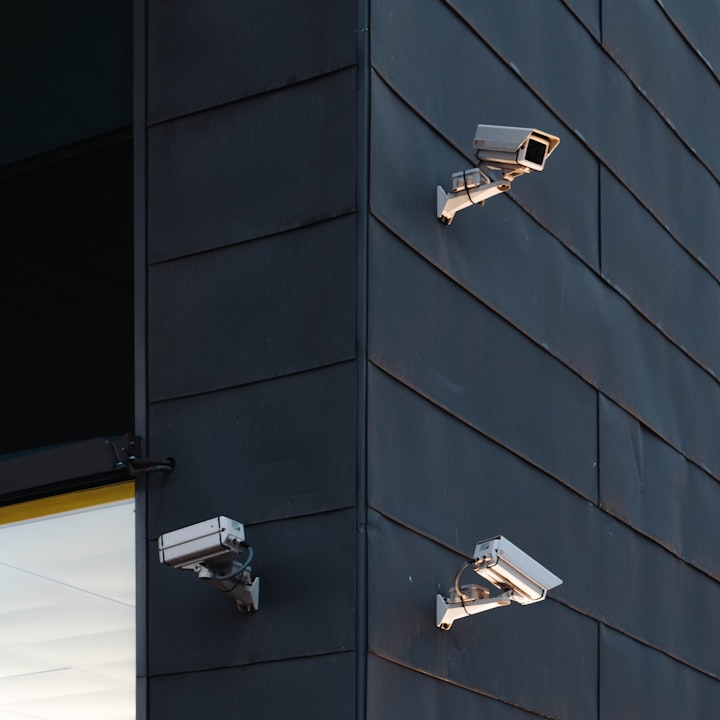How Do Netflix and Hulu Protect Against Screencapture?
Learn how Netflix and Hulu protect against screencapture with digital rights management and encrypted rendering.

In a world where streaming services like Netflix and Hulu dominate the entertainment landscape, an intriguing question arises: How do these platforms manage to conceal screen images during screencapture attempts? The enigma of their ability to thwart viewers from capturing their favorite shows has captivated technophiles and copyright advocates alike. Let's delve into the intricate mechanisms that enable Netflix and Hulu to safeguard their content from unauthorized duplication.
Operating System Features and App Integration
Streaming services rely on the intricate features provided by the operating systems of devices.
The cutting-edge functionality enables apps to invoke a secure layer for content protection.
The seamless integration with the operating system allows these platforms to exercise control over the screen image output.
Advanced Content Protection
Streaming giants like Netflix and Hulu leverage advanced content protection protocols to safeguard their intellectual property.
These measures include encrypting the content and using secure channels for rendering, thereby fortifying the barrier against unsanctioned capture attempts.
Digital Rights Management (DRM)
The bedrock of their fortification lies in robust Digital Rights Management systems, which are adept at safeguarding against unauthorized access, distribution, and reproduction of digital content.
This acts as the vanguard in their mission to protect their proprietary content from potential piracy threats.
Encrypted Rendering Mechanisms
The technical wizardry behind concealing the screen image during screencapture attempts involves employing encrypted rendering mechanisms.
By leveraging sophisticated encryption techniques, the streaming services transform the screen content into a format that is resistant to conventional screencapture methods.
This obfuscation tactic baffles unauthorized attempts to capture the screen image.
Evasive Techniques in Action
While a myriad of strategies are deployed to sidestep unsanctioned screencapture, the specifics of these evasion tactics are diligently guarded by the streaming services.
The cloak-and-dagger approach ensures that their methods remain shrouded in secrecy, confounding would-be infringers.
Bottom Line
The endeavor to shield screen images during screencapture endeavors is a testament to the unwavering commitment of streaming services to preserving the integrity of their content.
The intricate fusion of operating system functionality, content protection, and encryption mechanisms exemplifies the sophisticated arsenal wielded by streaming platforms in their crusade against piracy.
As technology continues to evolve, it remains a riveting endeavor to witness how these entities navigate the ever-changing landscape of digital content protection.






